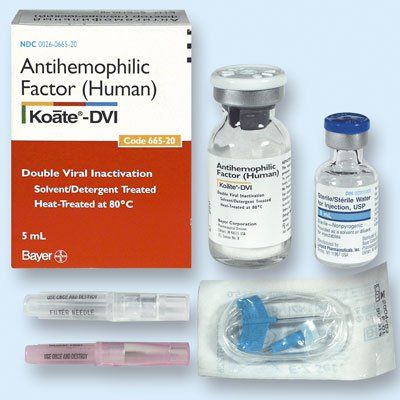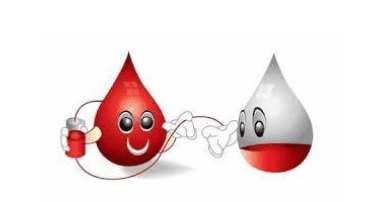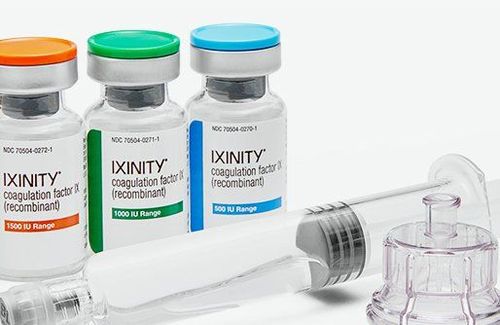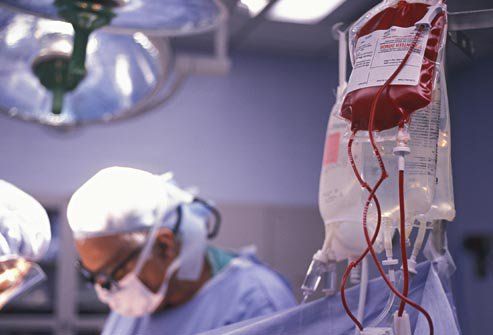This is an automatically translated article.
A blood transfusion is the receipt of blood or blood products from a patient donated from another person, including red blood cells, platelets, or plasma. Blood transfusion is a routine activity in all departments in the hospital, but sometimes there are indications for large volume transfusions to reach the target early to optimize the management of resuscitation and management of disorders. coagulopathy due to heavy bleeding.1. Definition of massive blood transfusion
Mass transfusion is the operation of transferring large volumes of blood over a short period of time in a patient with severe or uncontrolled bleeding. In the past, adult bulk blood transfusion was defined as the transfusion of 10 units of red blood cells within 24 hours in response to heavy and uncontrolled bleeding. However, this definition has been changed to provide more rapid and effective treatment such as transfusion of 3 units of erythrocyte sedimentation rate over 1 hour due to uncontrolled blood lossThere are also other definitions such as half body transfusion. blood volume in 4 hours, or transfuse more than one volume of blood within 24 hours (about 70 ml/kg in adults), or blood loss greater than 150 ml/min. For children, the definition of a mass transfusion is a transfusion of more than 40 ml of blood/kg (normal blood volume in children is about 80 ml/kg)
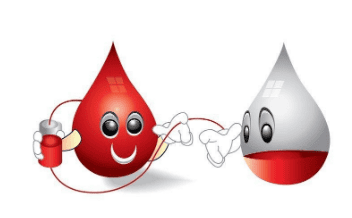
Truyền máu khối lượng lớn là hoạt động truyền thể tích máu lớn trong một thời gian ngắn
2. Purpose of Mass Blood Transfusion
The purpose of mass transfusion is to optimize the following functions of the patient's body:Blood oxygenation Cardiac flow Tissue perfusion Metabolic status Through blood transfusion, the goal of resuscitation for massive blood loss Major would be:
Maintain mean arterial pressure around 60 mmHg, systolic blood pressure 80-90 mmHg in patients without traumatic brain injury For hypertensive patients requiring a higher mean arterial pressure target or in patients with Glasgow traumatic brain injury less than 8 points, the target systolic blood pressure must be greater than 100 mmHg or the patient's baseline blood pressure is 70-90 g/l, in case of Glasgow traumatic brain injury less than 8 point, the target Hb must be greater than 100 g/l INR < 1.5 aPTT < 1.5 Fibrinogen > 1.5-2 g/l Platelets > 50 x 109/l pH reach 7.20 Body temperature > 35°C Lactate < 2 mEq/l Ca2+ > 1.1 mmol/l
3. When is a large volume blood transfusion indicated?
Mass transfusion regimens can be used in the following cases:Multiple trauma: trauma to two organ systems in the body Liver rupture, spleen rupture Surgery with high bleeding risk: aneurysm aortic dissection, liver transplant,... Organ transplant surgery Complicated surgery: heart, blood vessels,... Gastrointestinal bleeding Obstetric bleeding: ectopic pregnancy, uterine rupture, tangles coagulopathy secondary to amniotic fluid embolism
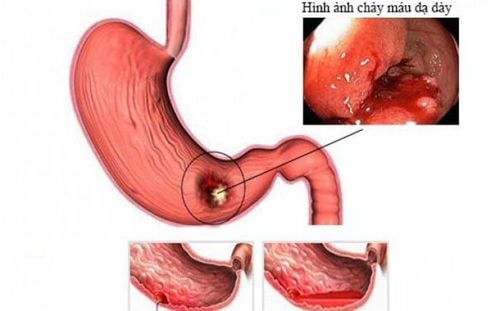
Phác đồ truyền máu khối lượng lớn có thể được sử dụng trong chảy máu đường tiêu hoá
4. Mass blood transfusion protocol
Criteria for triggering a high-volume transfusion regimen include:Actual or predicted need for 4 units of red blood cells over 4 hours with hemodynamic instability, predicted with/no continued bleeding Serious trauma chest, abdomen, pelvis, or bone length Major bleeding in obstetrics, gastrointestinal tract, or surgery After the clinician determines that the patient meets the criteria for high-volume transfusion, baseline tests should be performed such as complete blood count, coagulation function, blood chemistry and arterial blood gas, and then notify the hematology department to initiate a massive blood transfusion.
Preparations ordered by the clinician will include:
4 units of red blood cells 2 units of fresh frozen plasma An additional 1 platelet block for adults and tranexamic acid for trauma patients may be considered, Consider freezing if fibrinogen is less than 1 g/l. The selection of preparations for blood transfusion is very important, including criteria such as:
Same ABO, Rhesus blood group system. In emergencies that do not have the same ABO blood group system, choose O-sedated red blood cells for transfusion Freshly collected blood in 12-24 hours or transfusion units for patients not to be cooled below 37°C because cold blood transfusion reduces sensitive center for temperature regulation, ventricular palsy and cardiac arrest Vinmec International General Hospital is a high-quality medical facility in Vietnam with a team of highly qualified and well-trained medical professionals. , specialized in domestic and foreign, rich in experience.
A system of modern and advanced medical equipment, possessing many of the best machines in the world, helping to detect many difficult and dangerous diseases in a short time, supporting the diagnosis and treatment of doctors the most effective. The hospital space is designed according to 5-star hotel standards, giving patients comfort, friendliness and peace of mind.
If customers notice unusual problems, they should visit and consult with specialists.
Please dial HOTLINE for more information or register for an appointment HERE. Download MyVinmec app to make appointments faster and to manage your bookings easily.




